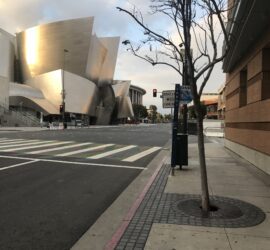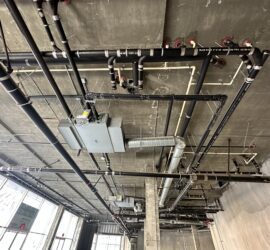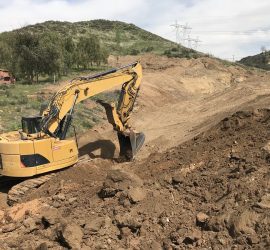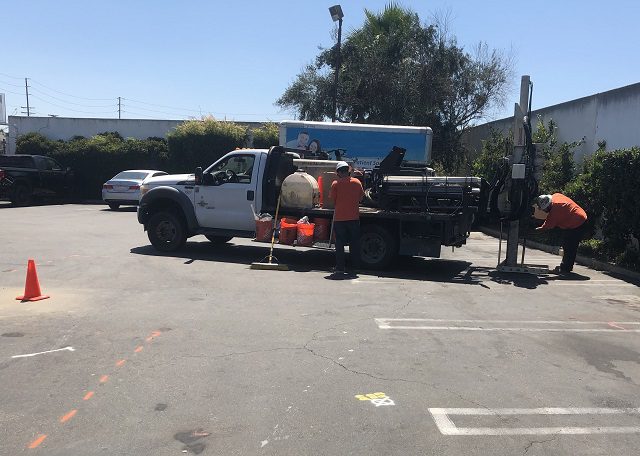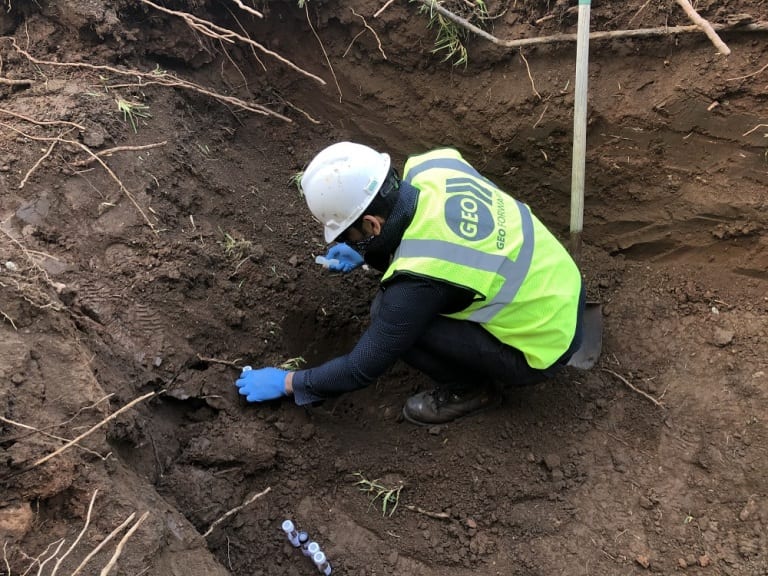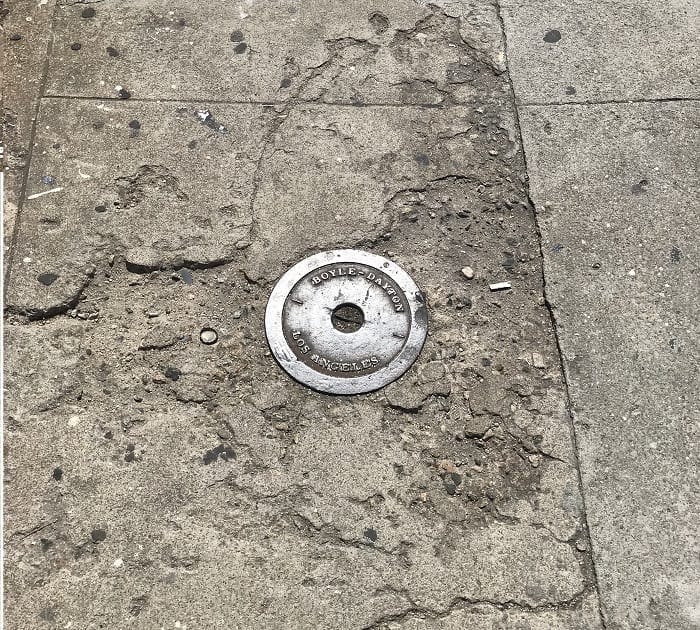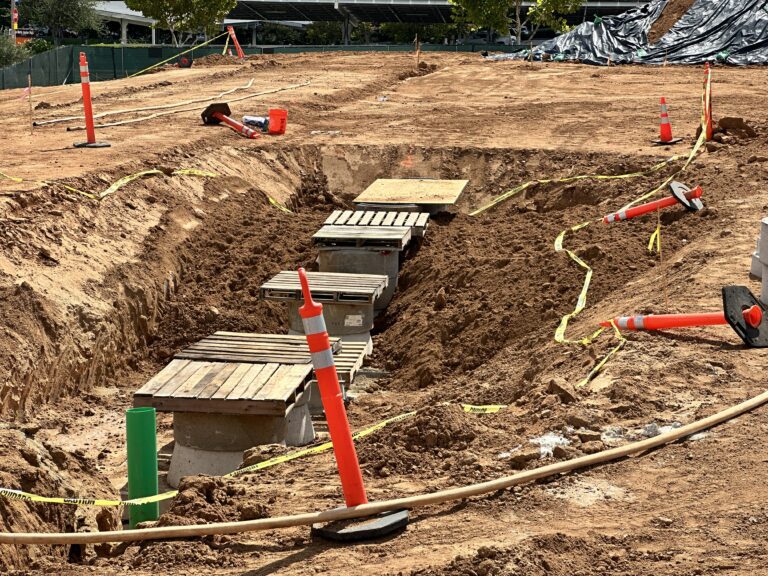Controlled Recognized Environmental Condition (CREC)
CREC stands for Controlled Recognized Environmental Condition. This terminology derives from a Phase 1 Environmental Site Assessment and represents one of the few categories of environmental concerns. A CREC is a release that has potentially achieved corrective action, but where contaminants still may remain, and where engineering controls or activity use limitations (AULs) are in place. The term “Controlled Recognized Environmental Condition” or CREC comes from the 2013 update of the American Society of Testing and Materials (ASTM) standard E1527. Furthermore, the term bridges the gap between a “Recognized Environmental Condition” (REC) and a “Historically Recognized Environmental Condition” (HREC). Unlike an HREC, a CREC is an active environmental concern. Thus, it identifies accordingly within the conclusions and recommendations of a Phase I ESA report. Updated November 5, 2023.
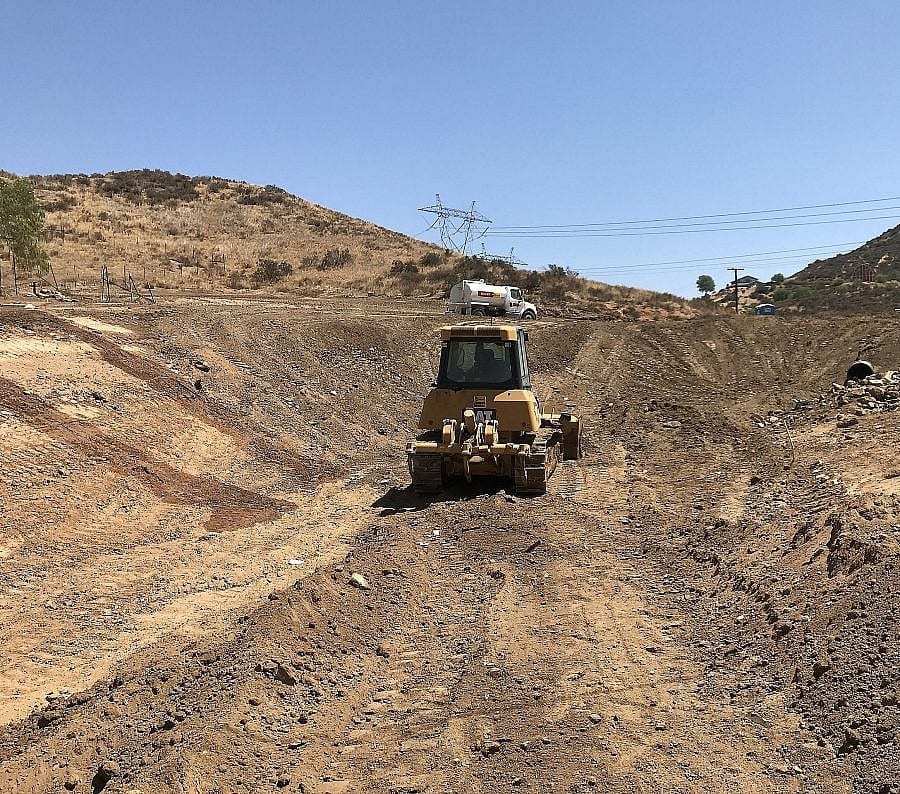
According to the ASTM Standard
A Controlled Recognized Environmental Condition is an REC resulting from past releases of hazardous substances or petroleum byproducts. Furthermore, ASTM defines this release as one that has already undergone some assessment or remediation, with satisfactory results to oversight agencies. For example, the ASTM standard suggests evidence can be the issuance of a “No Further Action” or (NFA) letter. Similarly, the guidelines suggest proof can also be onsite data that meets the risk criteria of the current regulatory authorities. Lastly, the ASTM defines a CREC by indicating the past release of hazardous substances or petroleum byproducts remains in place, subject to the implementation of necessary controls. For instance, property land-use restrictions, activity-use limitations, engineering controls, and institutional controls.
ASTM Definition
By the terms of the ASTM Standard E1527, a Controlled Recognized Environmental Condition (CREC) is:
Controlled Recognized Environmental Condition (CREC): a past release of hazardous substances or petroleum products that has been addressed to the satisfaction of the applicable regulatory authority, with hazardous substances or petroleum products allowed to remain in place subject to the implementation of required controls.
CREC in the Phase 1 Environmental Report
Additionally, the ASTM standard indicates a Controlled Recognized Environmental Condition or CREC, is to be part of the “Findings” section of a Phase 1 Environmental Site Assessment Report. Typically, a summary of these environmental conditions and supporting information is also a part of the conclusions section.
Environmental Professionals
The term intends to provide guidance to environmental professionals. First, in cases where a known release has been archived under environmental agency oversight. And second, where a property has not already undergone corrective action, to the level of being totally clean.
- For example, during a Phase 1 ESA, an environmental professional identifies a release of gasoline in association with a former cleanup case. Upon further review, the environmental professional learns the site has already undergone some mitigation and corrective action. And available monitoring data supports the theory that natural attenuation is in progress.
- As a result, there is now a lower chance of human health risk and contamination on the property. Moreover, there is a lesser likelihood of plume migration.
- Furthermore, the site may have been categorized by the agency as a “low-risk closure” site. And consequently, the agency may establish further AULs or controls. For instance, an order preventing the use of the property for residences. And for another instance, the requirement for a vapor barrier and concrete cap.
In the example above, the agency may require “no further action,” as long as the controls remain in place and conditions remain the same. Thus, the environmental professional may categorize the concern as a Controlled Recognized Environmental Condition (CREC).
Classifications of CREC
The CREC still represents a type of REC because regulations are known to change. Regulation changes are typically the result of ongoing research, human health risk analyses, and other emerging data. In these cases, a concentration that was below action levels in the past may become a higher risk in the future. And in these instances, what was previously a Controlled Recognized Environmental Condition (CREC) may become a “REC.”
Land-Use Dependencies
Additionally, the CREC serves to identify risk in accordance with the current and proposed land use of a property. As a result, the determination of a CREC vs a REC can vary depending on whether a property owner wishes to alter the present use of the land. For example, if a purchaser plans to convert an industrial or commercial property into a residential, stricter parameters would apply. Thus, a concern is more likely to be an REC instead of a Controlled Recognized Environmental Condition (CREC).
Mistakes from Low-Cost Phase 1 ESA Companies
Mistakes in classifying environmental concerns are common in the industry today. Especially with the cheaper-priced Phase 1 ESA reports. These errors and omissions are typically due to incompetent persons (professionals who don’t specifically practice environmental engineering) on the job. And their mistakes can have financially catastrophic side effects for Clients and faulty consultants. Consequently, REC, CREC, and HREC get mixed up in the lower-price Phase 1 ESA reports. And most of the time, an inexperienced person’s confusion lies between the CREC and HREC. The definitions are similar. However, in the case of a CREC, the important identifying factors are the presence of ongoing obligations as a condition of any “no further action” letter. And in the case of an HREC, higher concentrations may remain at the property, but no obligations or restrictions are in place.
This type of error is less likely to occur when selecting an experienced environmental engineer or geologist to conduct a Phase 1 ESA.
Agency Interaction
A final important note in regard to the CREC is the requirement for agency interaction. Typically, a past release isn’t an CREC without a prior regulatory investigation or case. Without a review of regulatory decisions, the environmental concern is typically an REC or HREC for the property in question.
Overall, the CREC is a positive tool in terms of property assessment. Identifying the CREC results in more appropriate risk analysis for the purpose of lending. Furthermore, it serves to call out ongoing obligations to buyers. And in some cases, a Controlled Recognized Environmental Condition (CREC) may be reported without the additional requirement for a Phase II Environmental Site Assessment, that a typical REC may entail.

